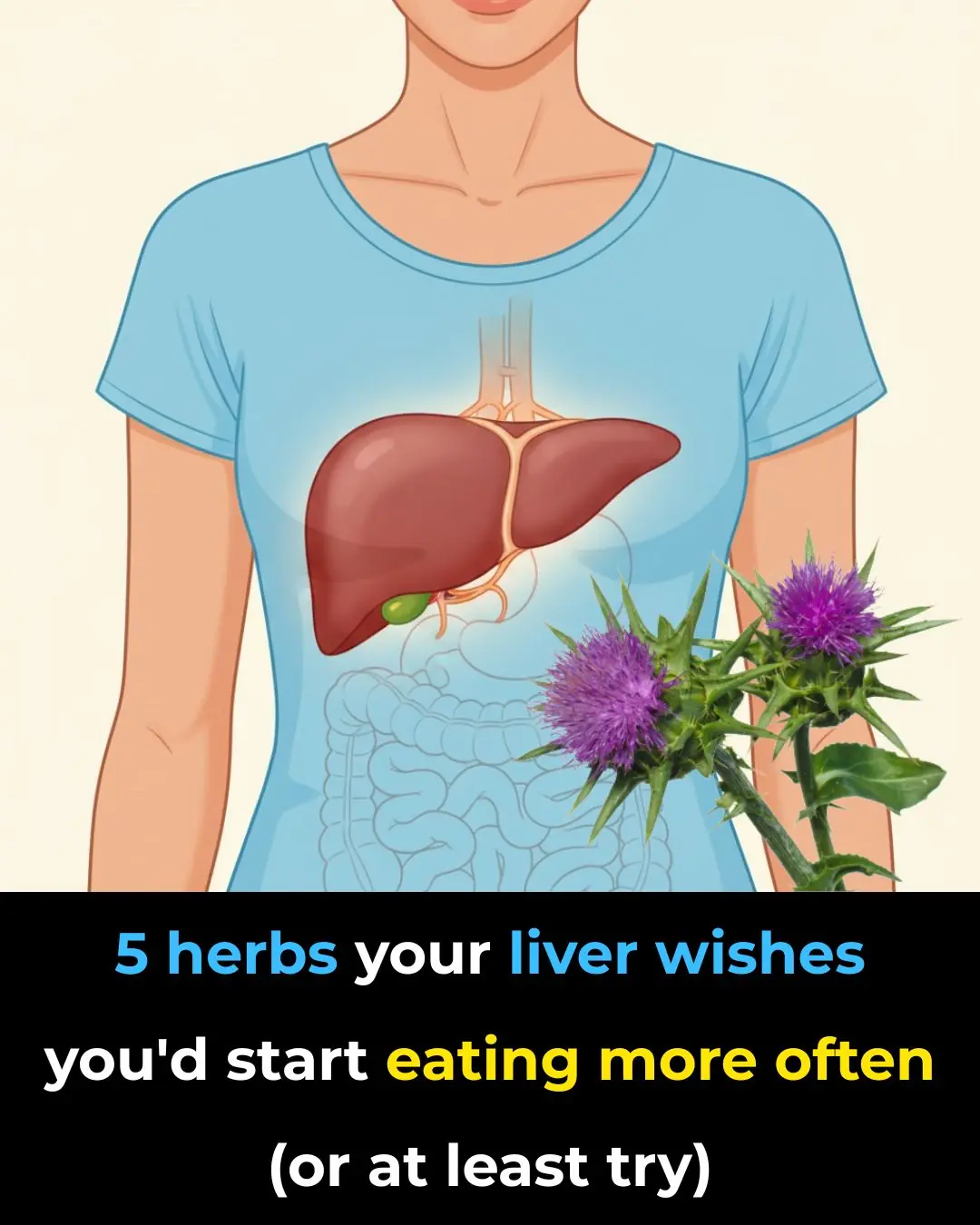
The protein sources that build your body vs. the ones that waste your money

Have you ever grabbed a product at the grocery store because the label screamed “High Protein!” — only to later realize you weren’t getting anything close to quality nutrition? You’re definitely not alone. This frustrating tactic, often called “protein washing,” is when companies pad foods with low-quality protein just to inflate the number on the nutrition panel. You end up paying for protein your body can’t fully absorb or use — which means less muscle recovery, less metabolic benefit, and far fewer results from the foods you eat.
This guide cuts through that confusion. Instead of buying into marketing tricks, you’ll learn which protein sources actually work and why. We rank them using several meaningful criteria:
-
DIAS (Digestible Indispensable Amino Acid Score) — the gold standard for how well your body digests and utilizes protein.
-
Amino acid completeness and leucine content.
-
Nutrient density, including vitamins, minerals, and beneficial fats.
-
Real-life practicality, price, and taste.
Some foods that are marketed as “healthy proteins” won’t make the cut — and a few surprising options rise to the top. Based on insights from Thomas Delauer, this is your roadmap to choosing the protein that truly fuels your body.
Key Takeaways
-
Protein quality matters more than protein quantity. A high DIAS score and complete amino acid profile determine whether your body can actually use the protein you eat.
-
Whole foods outperform processed options. Venison, eggs, ribeye, and other animal proteins offer superior bioavailability and essential micronutrients.
-
Labels can be misleading. Many “high-protein” snacks and drinks rely on additives, fillers, or sources of poor digestibility.
-
Protein powders can be excellent tools — but only when you choose the right ones, such as whey concentrate or isolate.
-
Not all popular foods marketed as protein are truly protein sources. Nut butters, bacon, and even bone broth often fail the biological quality test.
The 10 Best Protein Sources You Should Prioritize
1. Venison: The Lean, Nutrient-Rich Powerhouse
Venison sits at the top for good reason. As a wild game meat, it has one of the best protein-to-calorie ratios of any food. You get high-quality, highly absorbable protein with minimal fat — making it extremely efficient if you’re building muscle or managing weight.
Venison is also:
-
Packed with creatine for strength and power,
-
Rich in zinc for immunity,
-
Naturally higher in CLA, a fatty acid that improves fat metabolism,
-
Lower in inflammatory fats than conventional beef.
It’s a clean, nutrient-dense protein source with almost no downsides.
2. Whey Protein Concentrate: An Unexpected Champion
Many people assume whey isolate is the best — but whey concentrate actually scores higher, with a DIAS of 133 compared to isolate’s 125.
Why?
Because concentrate preserves more of the whole-milk protein matrix, including additional bioactive compounds that support digestion and absorption. It’s an excellent example of how whole-food structures often outperform isolated components.
If you want maximum protein quality in supplement form, this is a top contender.
3. Roasted Ribeye: The Flavorful Complete Protein
A roasted ribeye offers exceptional protein quality — with a DIAS score around 130 — and includes creatine, zinc, and high levels of leucine, the amino acid most responsible for triggering muscle protein synthesis.
The only caution:
Ribeye fat content varies widely. A small difference in marbling can add 100+ calories to a serving. It’s delicious and powerful, but trim mindfully if you’re watching energy intake.
4. Whey Protein Isolate: The Fast-Absorbing Recovery Fuel
Whey isolate still ranks among the best. With its DIAS score of 125 and rapid absorption rate, it’s ideal for post-workout recovery. It absorbs over 120% faster than casein, meaning your muscles get the amino acids they need almost immediately.
Despite being more processed, its performance — especially for athletes — earns it a solid place on the list.
5. Eggs: Nature’s Perfect Nutrient Package
Eggs deserve their reputation as one of the most complete foods on earth. While the DIAS score of 122 isn’t the highest here, eggs deliver so much more:
-
Vitamins A, D, E, and K,
-
Over 50% monounsaturated fat,
-
High levels of choline, essential for brain function and acetylcholine production,
-
A complete amino acid profile.
Eggs act not just as protein, but as a multivitamin for the body and brain.
6. Ground Beef: The Reliable Everyday Staple
Ground beef is a classic protein source for good reason. With a DIAS score of 121, it provides:
-
Creatine,
-
Zinc,
-
CLA,
-
Collagen from connective tissue (great for joints, skin, and gut).
It’s inexpensive, easy to cook, and nutritionally dense — making it one of the most practical proteins available.
7. Milk Protein: A Balanced Whole-Food Power Combo
Milk protein naturally combines whey + casein, creating a synergistic blend of fast and slow digestion. This provides both immediate amino acid availability and sustained release.
Products using filtered milk protein are often excellent choices — as long as they avoid added sugars and unnecessary fillers.
8. Icelandic Skyr: The Superior High-Protein Yogurt
Skyr is thicker, richer, and more concentrated than Greek yogurt, offering:
-
More protein per serving,
-
A near-perfect whey + casein profile,
-
Beneficial probiotics,
-
A creamy texture even in low-fat versions.
It’s one of the best dairy-based proteins and an underrated muscle-building option.
9. Sardines: The Nutrient-Dense Budget Superstar
Sardines are a bargain-level protein with elite nutritional value. To get the most benefit:
-
Choose sardines packed in water or olive oil,
-
Avoid seed oils like soybean oil,
-
Get the kind with bones and skin for extra calcium and vitamin D.
You get protein, omega-3s, micronutrients, and zero food waste — all in one small can.
10. Cottage Cheese: Slow-Digesting Muscle Support
Cottage cheese is rich in casein, which digests slowly and steadily. This makes it ideal before bed, offering hours of amino acid release as you sleep.
Just be cautious:
Many brands add unnecessary stabilizers like carrageenan. Look for versions with only milk, cream, salt, and cultures.
8 Protein Sources to Be Cautious About
11. Nut Butters: High Fat, Low Protein Quality
Nut butters are delicious but misleading. Their protein is incomplete, poorly digestible, and overshadowed by extremely high fat content. Most commercial versions also include:
-
Added sugars,
-
Oxidized seed oils,
-
Emulsifiers.
Treat nut butter as a fat source, not a protein source.
12. Bacon: A Flavor Boost — Not a Protein
Bacon’s reputation as a protein food is exaggerated. It’s almost entirely fat, and most pork on the market is raised in low-quality, high-stress environments.
Even the cleanest bacon is best treated as a flavor addition, not your main protein.
13. Farm-Raised Tilapia: Low Nutrition, High Waste
Tilapia is widely available but nutritionally weak. Farm-raised versions typically have:
-
Poor fatty acid profiles,
-
Crowded, low-quality living conditions,
-
Higher antibiotic exposure.
With better and equally affordable options like tuna and sardines, tilapia simply doesn’t make sense.
14. Soy Protein: The Least Effective Mainstream Powder
Soy’s DIAS score of 98 is significantly lower than top-tier proteins, and it is unusually low in leucine. It also contains isoflavones with estrogenic effects.
Plant-based? Better options include pea protein or sacha inchi.
15. Bone Broth: Excellent for Health, Poor for Protein
Bone broth is fantastic for:
-
Gut repair,
-
Collagen support,
-
Hydration.
But collagen is not a complete protein — so it should never be counted toward your daily protein target.
16. Pre-Made Protein Shakes: Protein + Too Many Additives
Many bottled protein shakes start strong with milk protein but then ruin the formula with:
-
Artificial sweeteners,
-
Gums and thickeners,
-
Preservatives,
-
Conventional A1 milk.
Okay in emergencies, but not for daily use.
17. Ground Turkey: Not as Clean as Marketed
Ground turkey often contains added scraps, skin, and fillers compared to beef or chicken. It’s not harmful — just less clean and less nutrient-dense than alternatives.
18. Hot Dogs: Highly Processed and Low Quality
Most hot dogs are low-quality meat scraps and have poor fat profiles. If you must eat them, choose 100% grass-fed beef versions — and even then, treat them as an occasional indulgence.
Conclusion: Choose Smarter, Not Just “Higher Protein”
Building a strong, healthy body means choosing protein your body can actually use, not just the protein that looks good on a label. Focus on:
-
Whole foods,
-
Clean ingredients,
-
High digestibility,
-
Complete amino acid profiles,
-
Minimal additives.
When you know what truly counts, you’ll stop wasting money on low-quality products and start investing in protein that fuels your metabolism, your muscles, and your long-term health.
News in the same category


This one vitamin could help stop you from waking up to pee every night
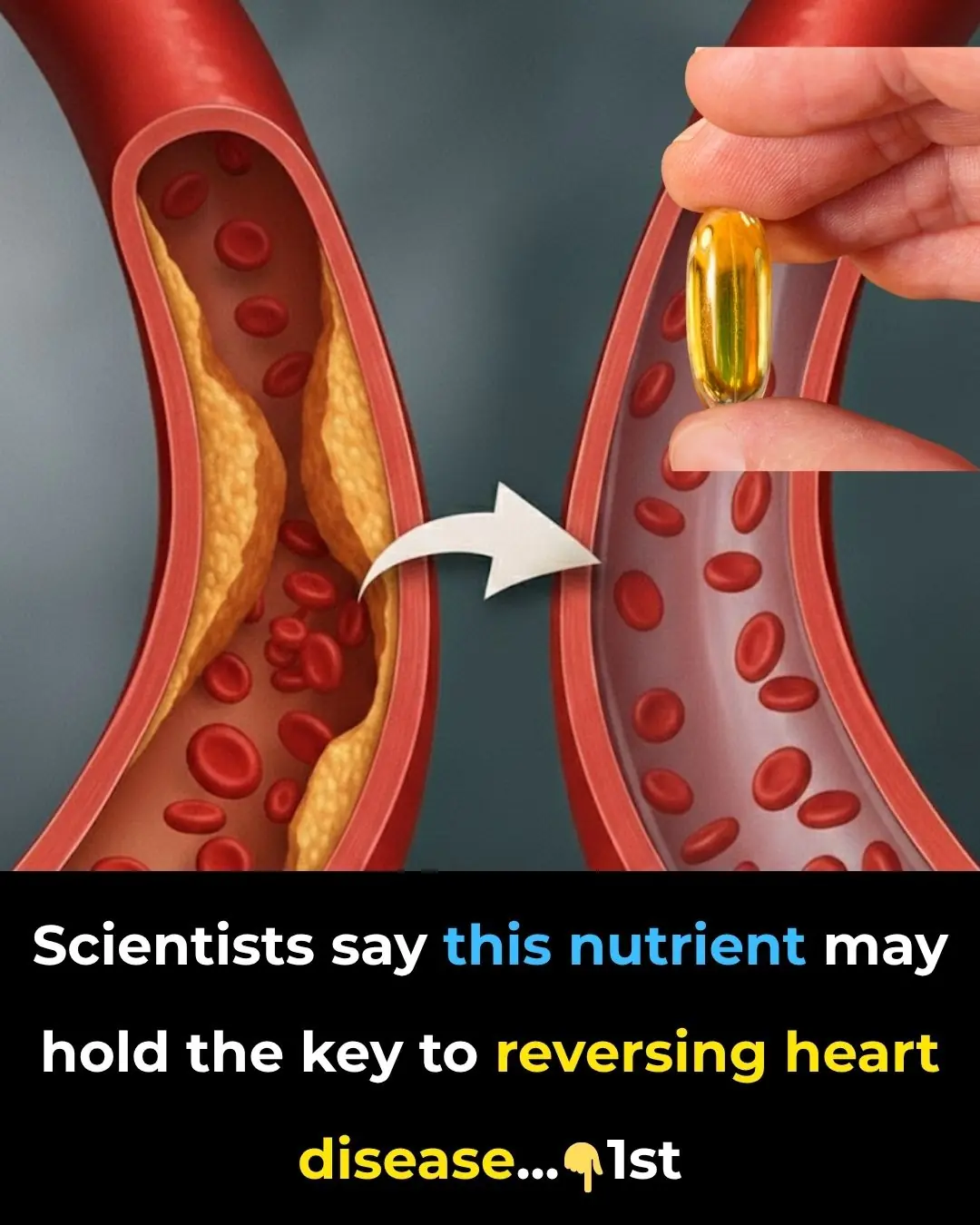
Scientists say this nutrient may hold the key to reversing heart disease
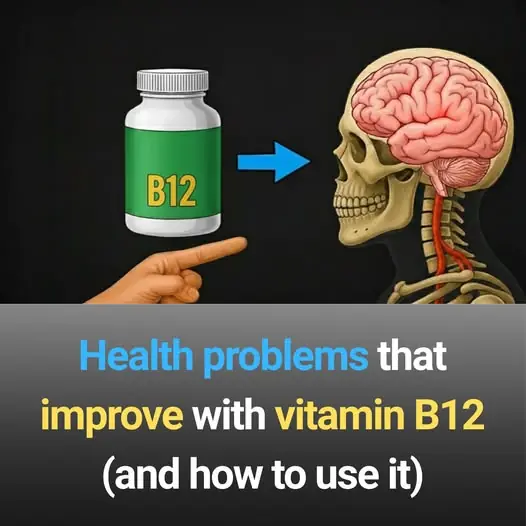
Health problems that improve with vitamin B12 (and how to use it)

The 70-year-old blood pressure drug scientists say may help stop deadly brain tumors

These 4 common prescription drugs may be silently damaging your nerves
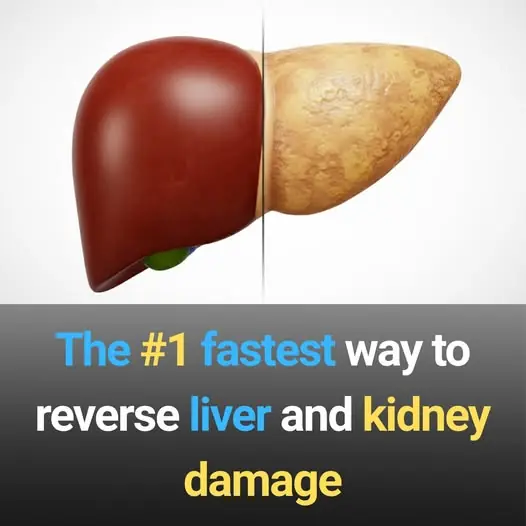
The #1 fastest way to reverse liver and kidney damage
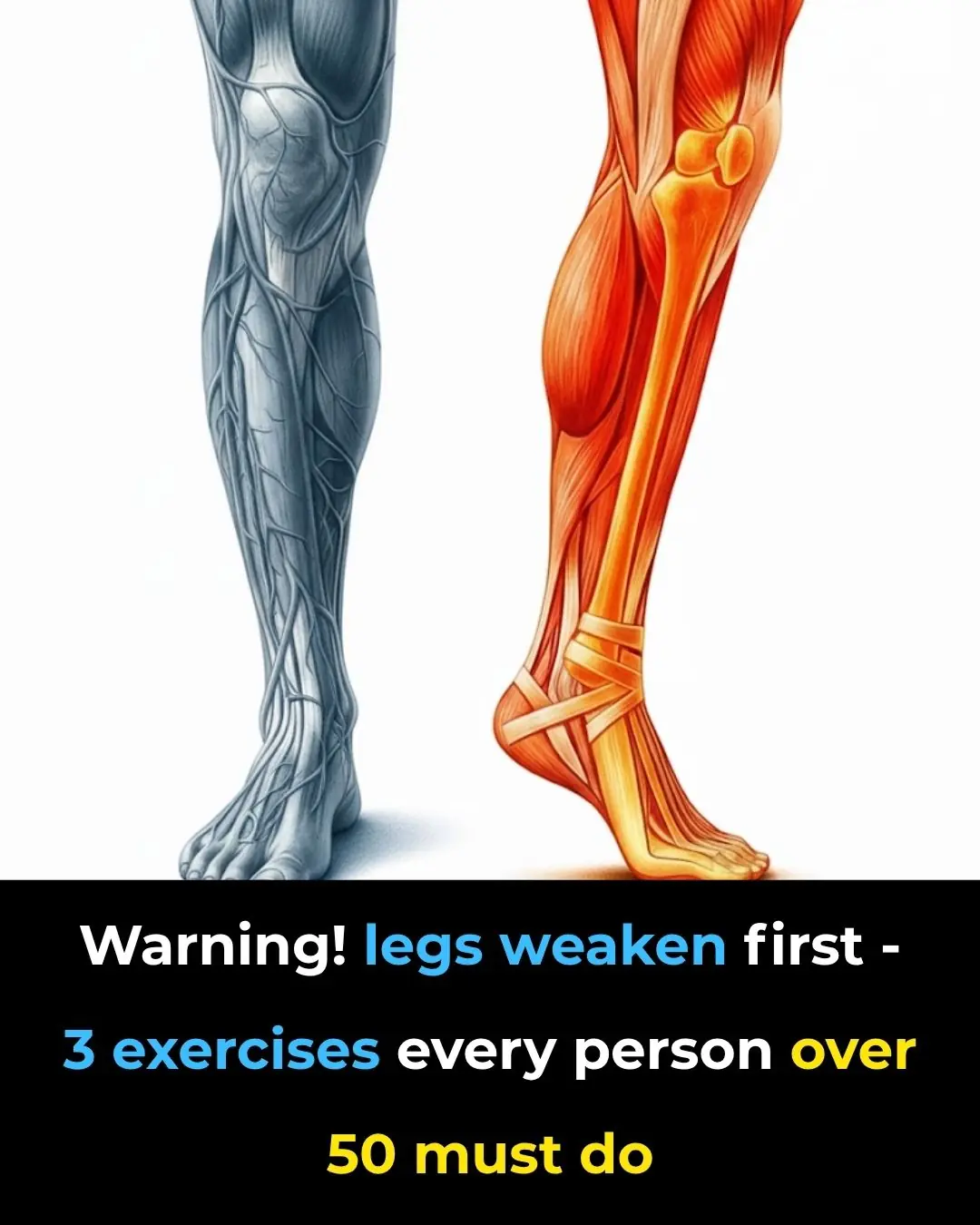
Warning! legs weaken first — 3 exercises every person over 50 must do

Powerful Foods That Help Prevent Clogged Arteries And Keep Your Heart Feeling 20 Again
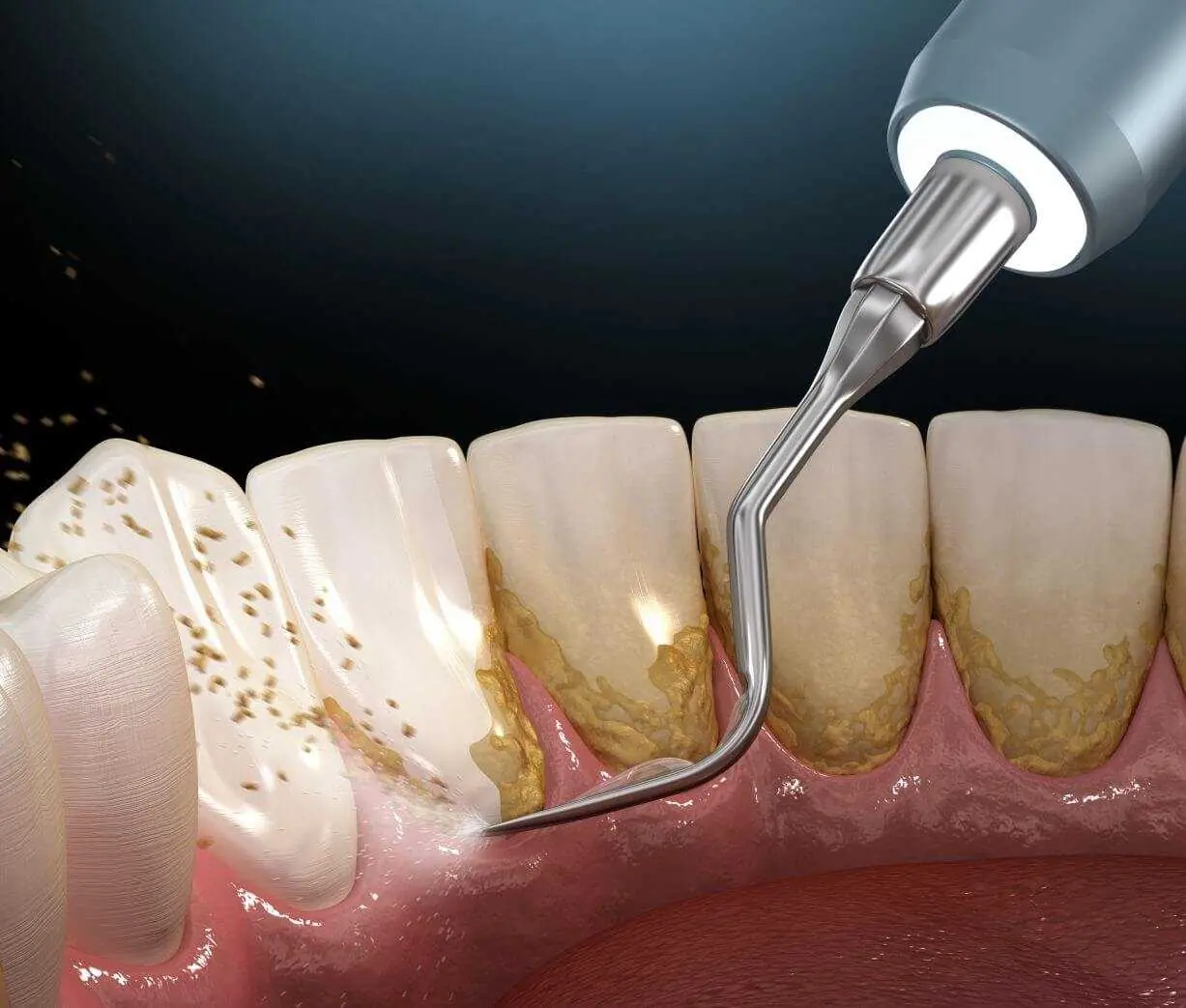
Natural Plaque-Removal Tricks That Actually Work

I used castor oil for neuropathy – here’s what happened in 30 days!
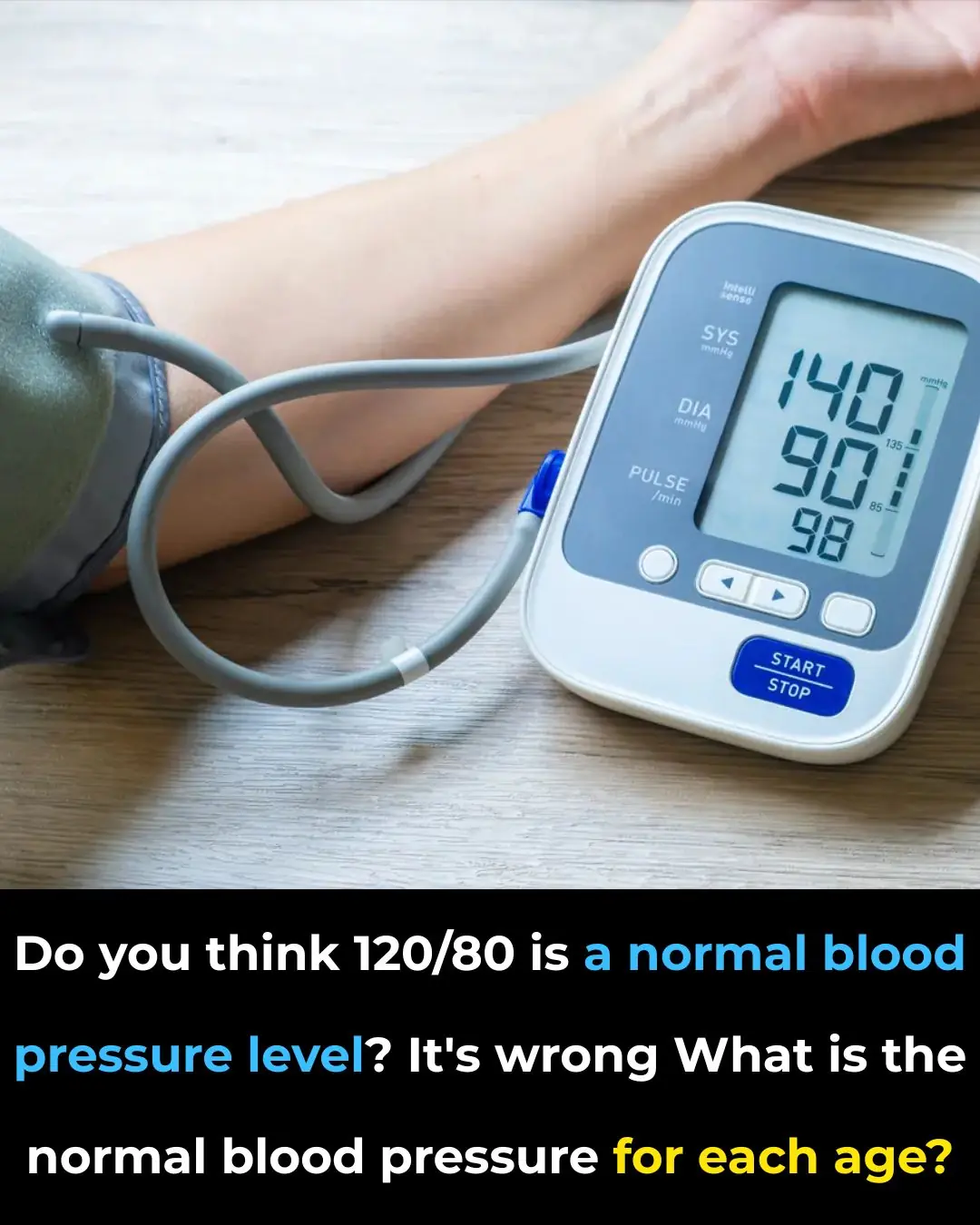
What Is The Normal Blood Pressure For Each Age

How Two Quiet Hours a Day Can Rebuild Your Brain

Rose Essential Oil: New Research Shows 30 Days of Aromatherapy May Boost Gray Matter Volume

Italy’s Porous Streets: A Quiet Innovation That Lets Cities Breathe Again

🦵 Swollen Legs and Feet: Causes, Symptoms & Natural Relief Methods

🌿 If You Have These Two “Dimples” on Your Lower Back, Here’s What They Mean
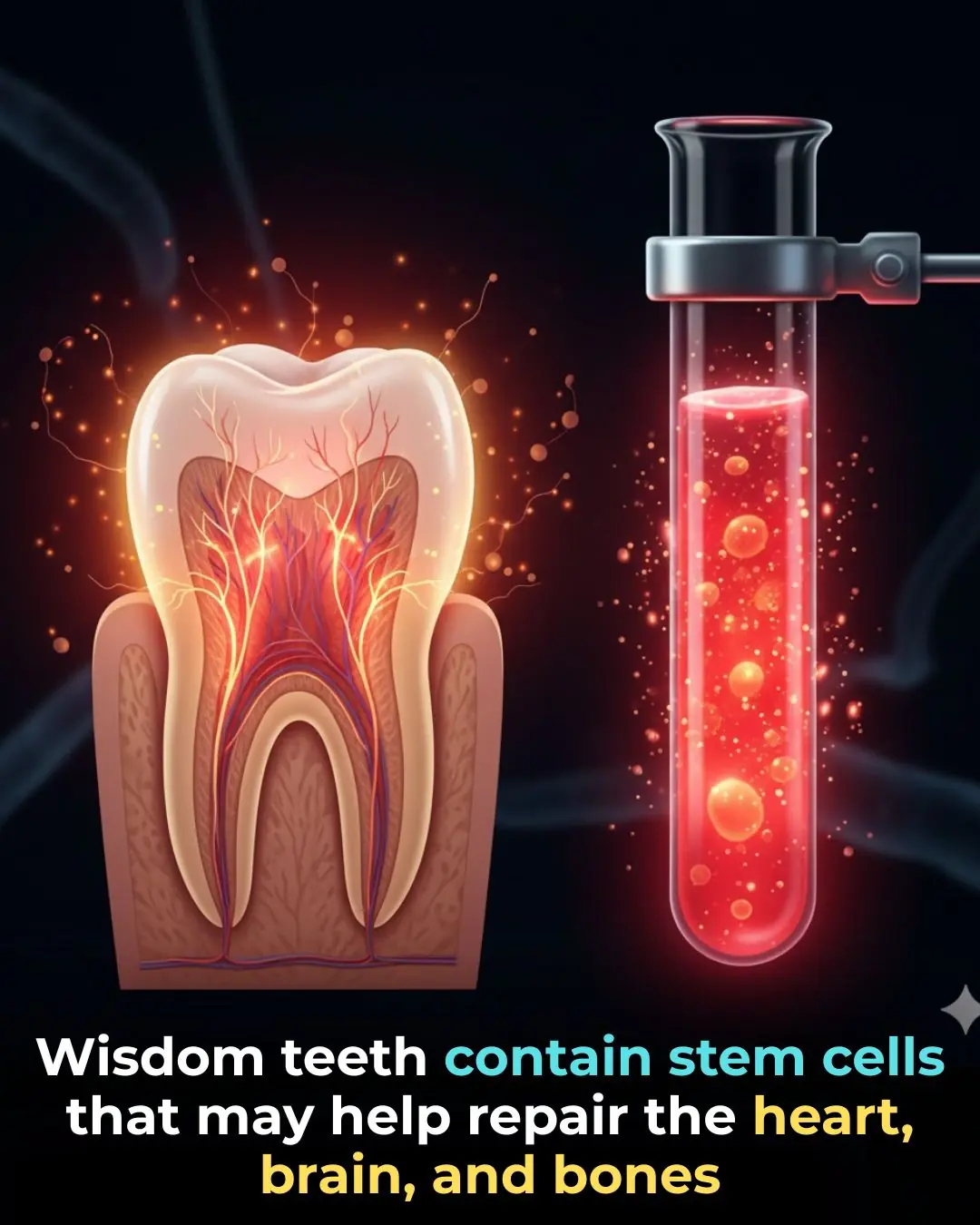
How Wisdom Teeth Could Power the Next Generation of Regenerative Medicine

This one vitamin could help stop you from waking up to pee every night
News Post

Tips to deodorize the refrigerator

3 ways to make crispy roasted pork at home in a pan or fryer

5 Herbs Your Liver Wished You’d Start Eating More Often (Or At Least Try!)

Tips for hair treatment with okra, extremely effective against hair loss, baby hair grows bristling

This one vitamin could help stop you from waking up to pee every night

“How Indonesia’s Tarp Kiosks Are Redefining Public Drinking Water”
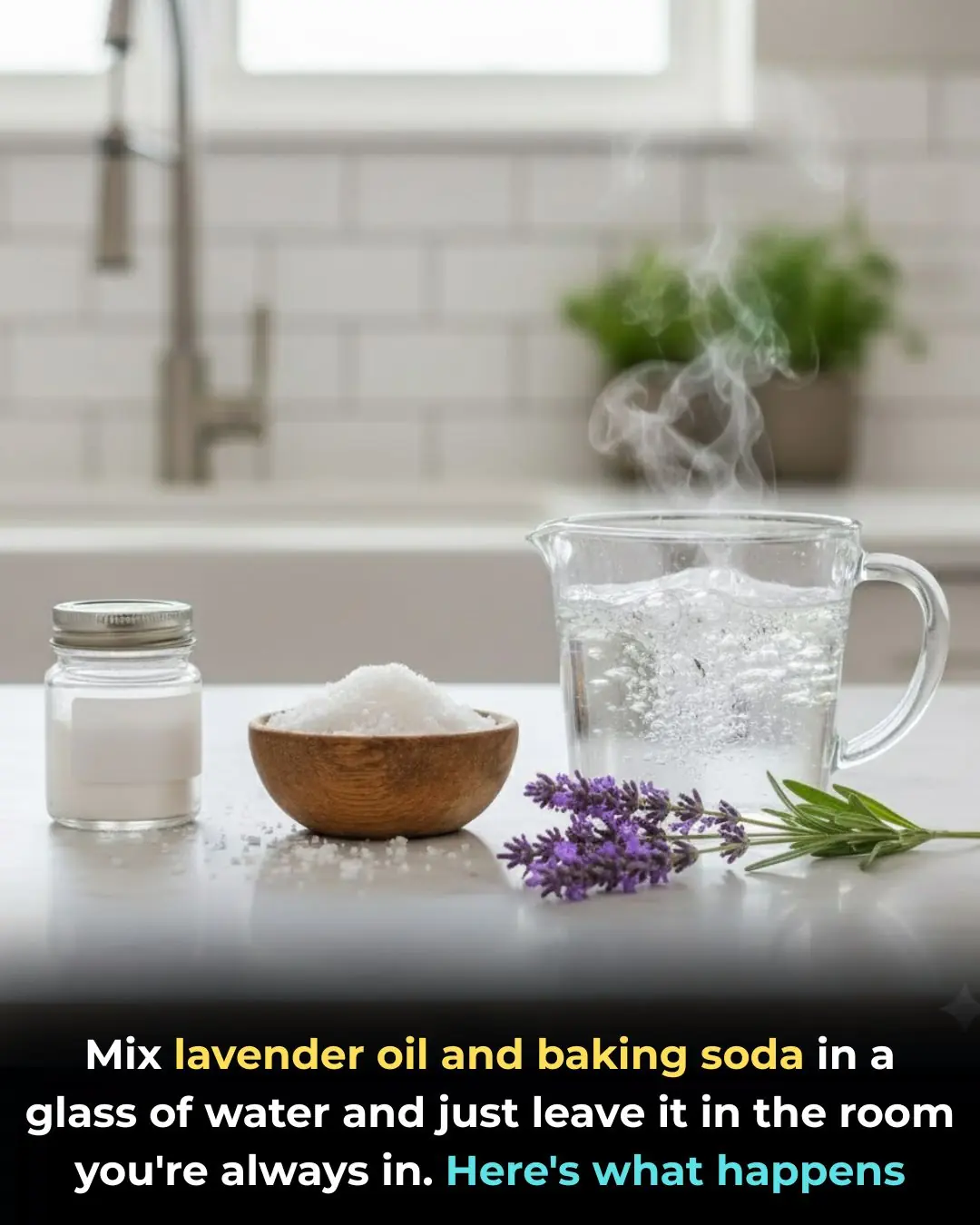
Just tried this and whoa

2 Simple and Effective Ways to Remove the Smell from Long-Frozen Meat

Lady had a bunch of empty old pill bottles

There’s a “Hidden Component” Under Your Washing Machine That Can Make Your Clothes Cleaner and Fresher

Wish I saw this sooner! Great tips!

Why Lung Cancer Targets Non-Smokers: The Hidden Kitchen Culprit You Might Not Know About

“Painting the Impossible: China’s Drone Experiments Turn Cliffs into Giant Artworks”

Dropping wind oil on garlic

‘Why Did You Come to This School?’: Lawsuit Says Chicago School Let 10-Year-Old Black Girl Be Called the N‑Word, Punched, and Threatened Daily—Then Blamed Her for the Disruption

Don't boil chicken with salt and water, otherwise it will be fishy and turn red.
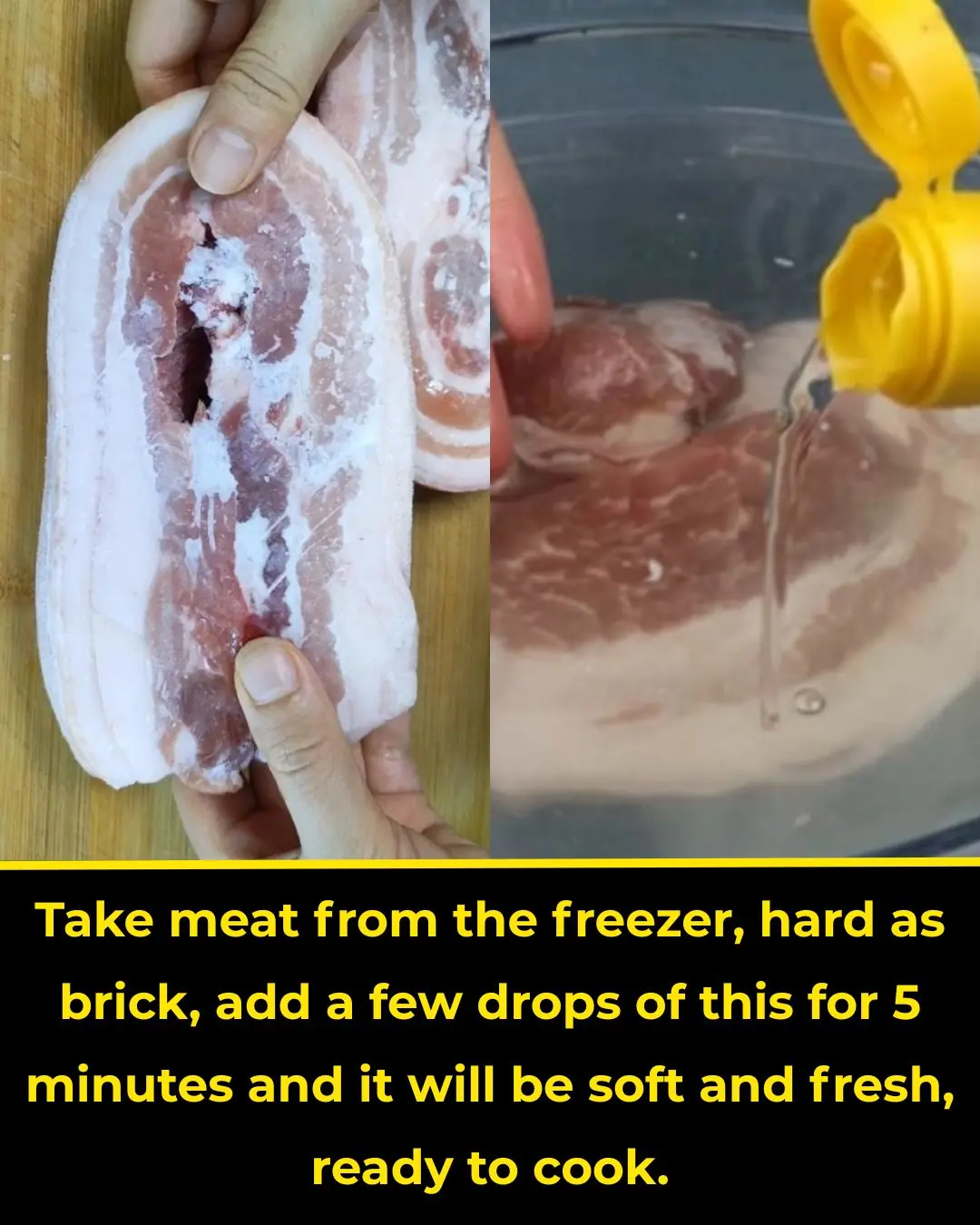
Take the meat from the freezer and it's hard as bricks

Your Mattress Getting Dirty and Smelly? Sprinkle This on the Surface — No Water Needed, and It’ll Look Fresh Again

Sink Trick You Should Always Do Before Vacation
